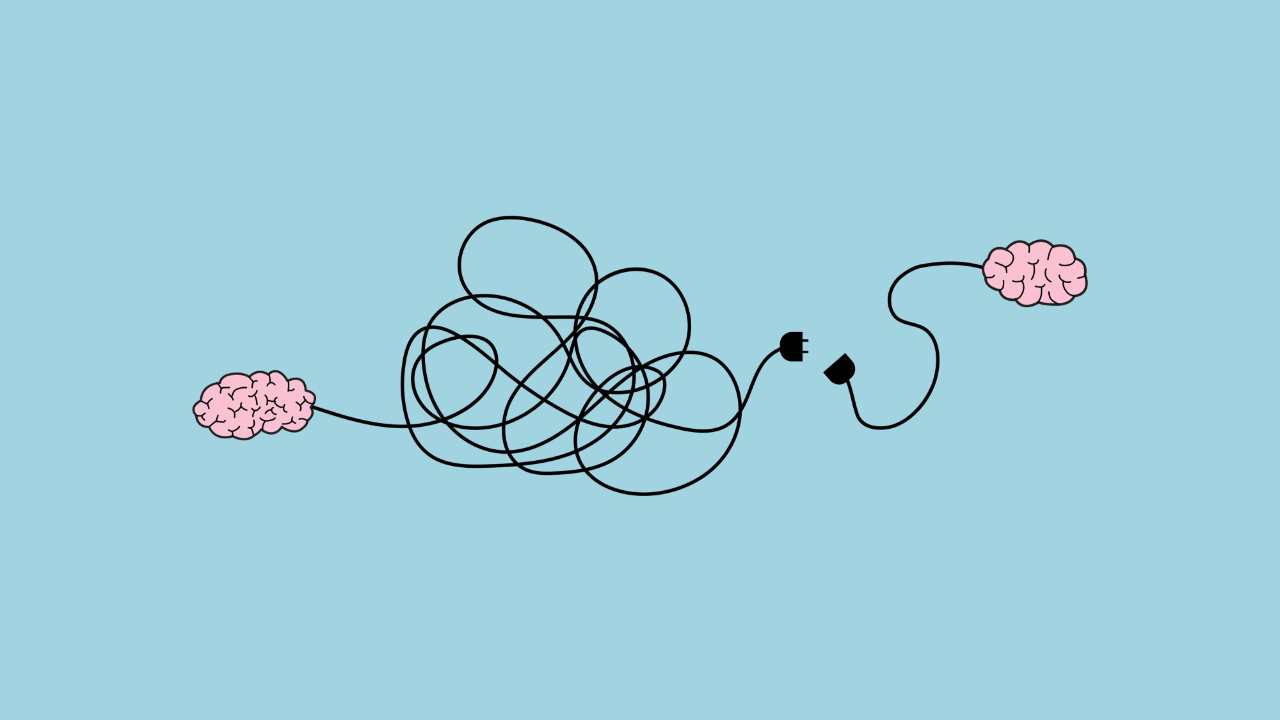The Most Common Leader Development Mistake…and How to Fix It (Hint: Start with Why)

If the first duty of a leader is to make other leaders, then leader development isn’t optional—it’s essential. But far too often, we rush into doing leader development before defining what we’re trying to develop in others and why it matters.
Many well-intentioned leaders start with the how. Our first step is usually to build a new professional development session, assign a reading, or run a team offsite. But without clarity on what skill, mindset, or behavior we’re actually targeting, and why it matters right now, these activities easily fall flat.
The Problem: Copy-and-Paste Leadership Development
It’s natural to default to what we’ve seen “work” before. Maybe years ago, a mentor introduced you to a particular book that changed the way you led, like James Clear’s Atomic Habits which taught you the power of habit-building, for example. Or perhaps you once sat through a powerful seminar on emotional intelligence that shaped your perspective on how to work with people more effectively.
Then, when it’s your turn to lead and develop others, you replicate that experience—assign the same book, recreate the same workshop, or insist that your team learn that same concept that impacted you deeply once upon a time.
But the problem is: your current context is different. The people, challenges, and culture aren’t the same as they were back then. What once felt transformative now feels off-key, irrelevant, or unconvincing to your team. And when that happens, your people are left wondering:
- Why are we doing this?
- What does this have to do with me or my work?
- So what?
When leaders skip defining the what and why first, even the best activities and greatest intentions miss the mark.
So, what should we do?
Step 1: Define the WHAT
Before deciding how to develop your people, define what you’re actually developing.
What is the specific target of your development effort. It’s the skill, behavior, mindset, or collective capability you want to grow in your team.
Examples might include:
- Improving team communication and trust
- Building effectiveness and confidence in decision-making
- Strengthening accountability habits
- Developing the next generation of leaders to take initiative
When you clearly define what you’re trying to develop, you give the effort focus. It becomes easier to measure progress, evaluate success, and connect the effort to real work.
Step 2: Clarify the WHY
The why provides purpose and relevance, which is the reason your developmental effort matters right now to your people and your mission.
To define your why, consider where the need actually comes from. Here are a few sources to help identify the source:
- Mission Requirements: What does the mission demand of your team that they’re not yet fully equipped to meet?
- Changes in the Environment: What’s shifting in your operational, organizational, or social environment that requires new skills or mindsets?
- Organizational Development Needs: What systems, processes, or group dynamics need strengthening through leader growth?
- Identified Gaps: Where are you or your team currently underperforming or struggling?
- Higher Headquarters or Leader Priorities: What has your senior leadership identified as critical focus areas?
When your team understands why they’re learning something—and can connect the reasons to real challenges and goals—they’re far more likely to engage with purpose.
Step 3: Communicate the WHY Before You Develop
Once you’ve defined what you’re trying to develop and why it matters, don’t keep those answers to yourself. You must communicate them clearly to your people.
Even the best-designed development efforts can fail if your team doesn’t understand the purpose behind them. When leaders introduce an activity without explanation, we leave our people guessing. They might see it as another “check-the-box” exercise or a distraction from real work. But when you connect the effort to a shared purpose, you create buy-in and engagement.
Help your people see:
- Why this development matters right now. Link it to mission demands, challenges, or opportunities they actually face.
- What outcome you’re targeting. Describe the skill, mindset, or behavior you hope to strengthen.
- How it connects to their growth. Show how participating benefits them personally and professionally.
When people understand why something is important, they’re far more likely to commit to how it will be done. Communication transforms development from an obligation into a shared investment.
Step 4: Then—and Only Then—Plan the HOW
Once you’ve defined the what (the target), the why (the reason), and communicated them to your team, the how becomes much clearer. You can now design or select a development activity that fits your purpose.
Maybe that means assigning a book, leading a scenario-based exercise, hosting a discussion, or creating an experiential challenge. Whatever the method, it should now serve a specific developmental goal, not exist for its own sake.
Your Call to Action
Before launching your next leader development effort, take a pause and ask yourself four questions:
- What exactly do I want my people to develop? Be specific about the skill, mindset, or behavior you’re targeting.
- Why does this matter right now? Tie the effort to a real and relevant need in your mission, environment, or team.
- Have I clearly communicated the why to my people? Explain the purpose, relevance, and personal impact so they see the value and engage meaningfully.
- How can I design an activity that fits both the what and why? Choose a method that reinforces your intent—not one that merely checks a box.
Leader development doesn’t start with an activity; it starts with intention. Define, communicate, and then develop.




